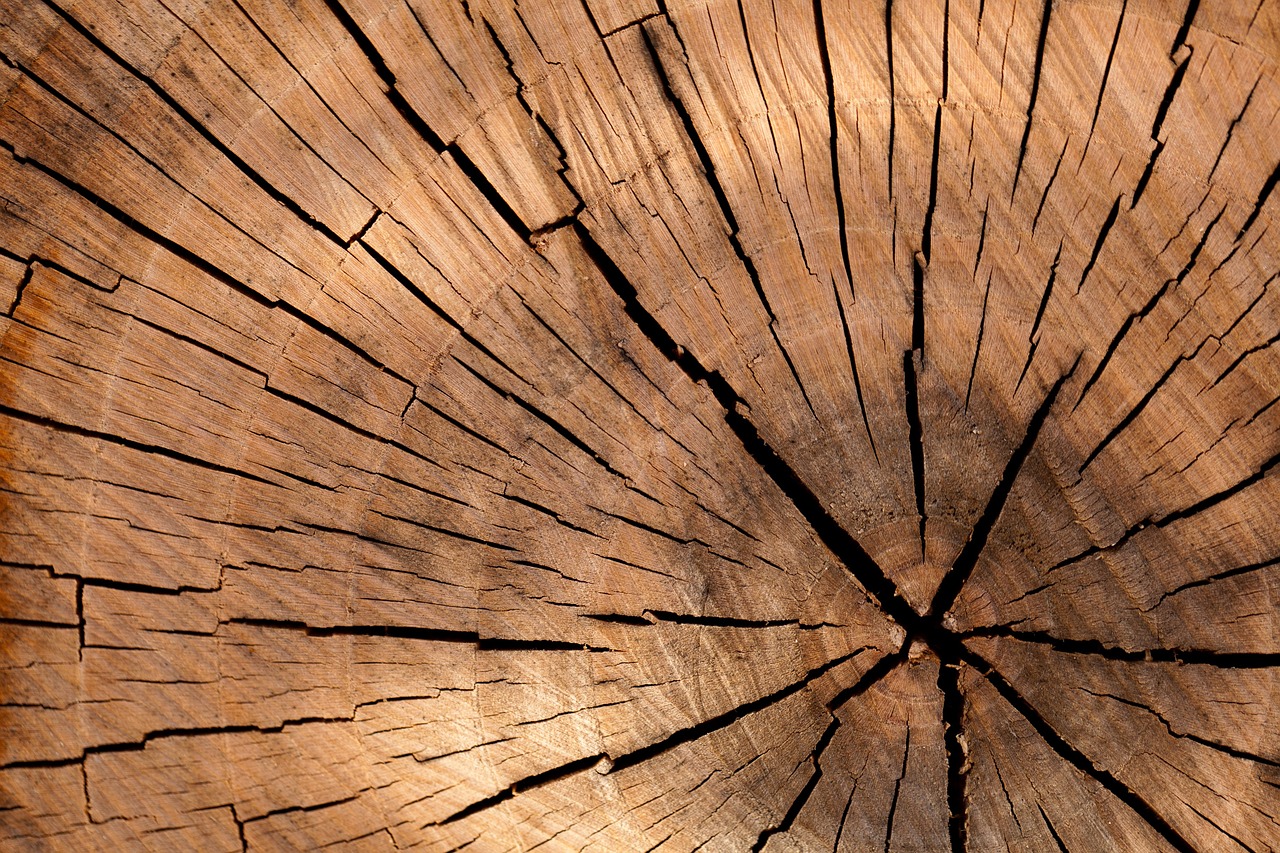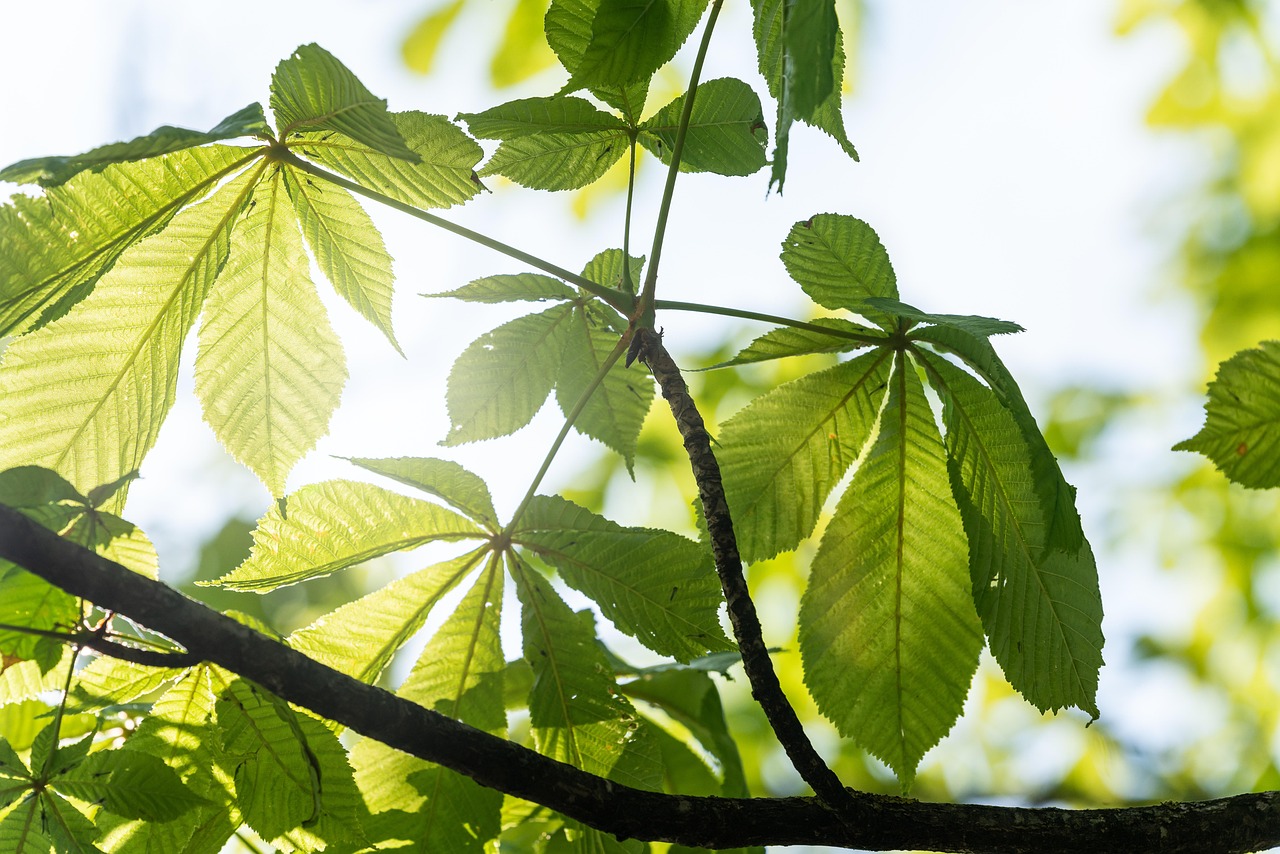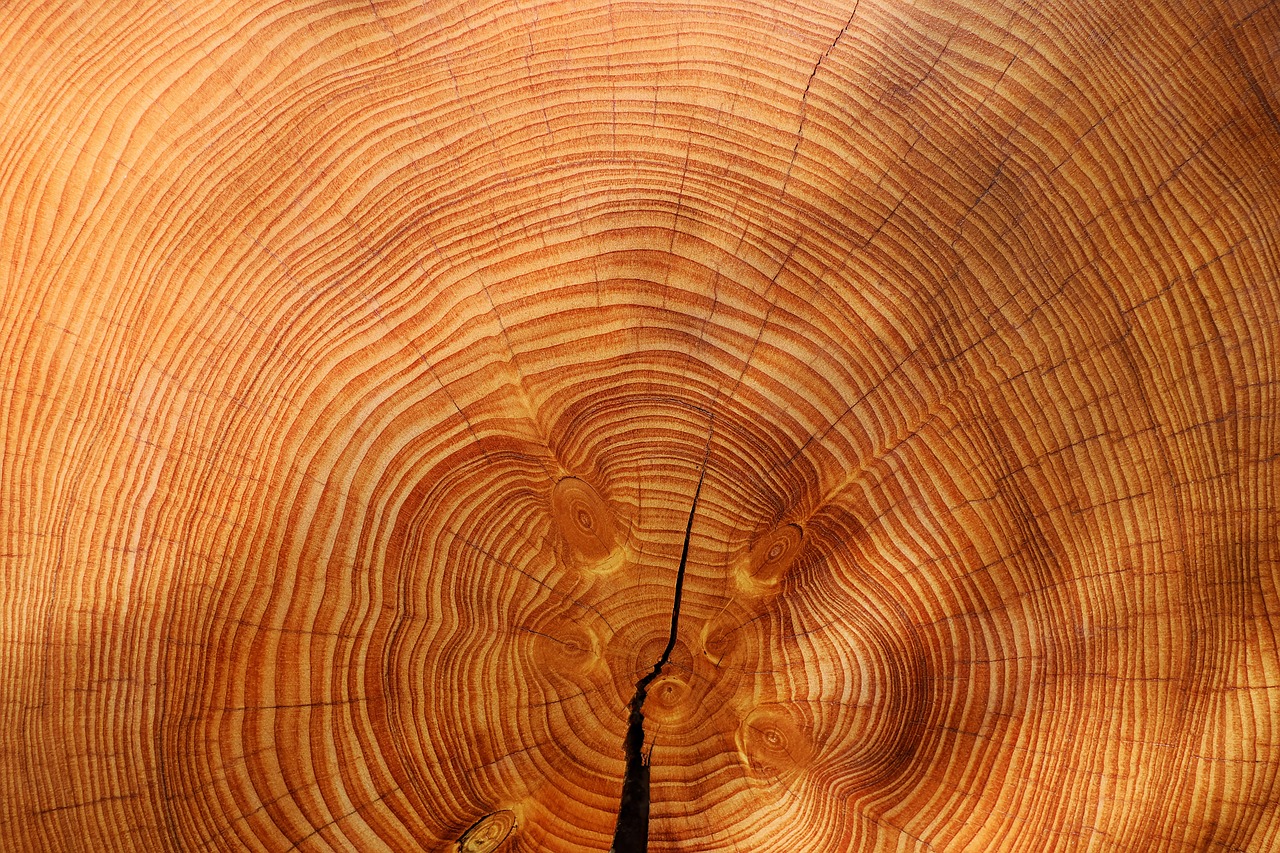In Valheim, trees grow at varying rates depending on their species, environmental factors, and game mechanics. Generally, trees take between 30 minutes to several in-game days to reach full maturity, allowing players to harvest resources efficiently.
Understanding Tree Growth in Valheim
Valheim is a popular survival and exploration game that immerses players in a Viking-themed world. A key aspect of gameplay is resource gathering, which includes cutting down trees for wood. Understanding the growth rate of trees provides players with insights into efficient resource management and sustainability within the game.

The growth of trees in Valheim is not just a straightforward mechanic. It involves several factors that can influence how quickly or slowly a tree matures. Players can benefit from knowing these details to optimize their gameplay experience.
Factors Affecting Tree Growth Rates
Several factors can affect how quickly trees grow in Valheim. Here are some of the most significant:
- Tree Species: Different types of trees have varying growth rates. For example, birch trees tend to grow faster than pine trees.
- Environmental Conditions: The surrounding environment can influence growth. Trees may grow slower in shadowed or crowded areas compared to open spaces with ample sunlight.
- Player Intervention: Cutting down trees or clearing nearby vegetation can impact growth rates, as it changes the available resources in the area.
- Game Progression: As players progress through the game, they may unlock new areas with different environmental characteristics, affecting tree growth.
Tree Types and Growth Rates
Each tree in Valheim has its unique growth characteristics. Below is a summary of some common tree types and their approximate growth times:

| Tree Type | Growth Time (In-Game Days) | Harvestable Resources |
|---|---|---|
| Birch | 1-2 | Wood, Fine Wood |
| Pine | 2-3 | Wood, Core Wood |
| Black Forest Oak | 3-4 | Wood, Acorns |
| Swamp Trees | 3-5 | Wood, Resin |
The above table illustrates the general growth rates and resources associated with different tree types in Valheim. Players should consider these variables when planning their resource-gathering strategies.
The Importance of Tree Growth Simulation
The tree growth simulation in Valheim serves multiple purposes beyond just resource gathering. It enhances the realism of the game world and encourages players to think sustainably. By understanding tree growth rates, players can effectively manage their environment, ensuring that they do not deplete resources too quickly.
Sustainable practices can include planting new trees after harvesting and allowing areas to regenerate naturally. This approach not only benefits the player but also contributes to a more immersive gameplay experience.

Strategies for Managing Tree Growth
To maximize the benefits from trees in Valheim, players can implement several strategies:
- Selective Cutting: Focus on harvesting mature trees while leaving younger ones to grow.
- Replanting: After cutting down trees, consider planting new saplings to ensure a continuous supply of wood.
- Diverse Planting: Plant various tree species to create a balanced ecosystem that can provide different resources.
- Avoid Overcrowding: Space out trees to allow for better light exposure and growth.
By applying these strategies, players can enjoy a sustainable approach to managing forest resources in Valheim while ensuring that they have access to essential materials for crafting and building. Understanding tree growth rates is crucial for making informed decisions about resource management in this expansive virtual world.
The Role of Seasons in Tree Growth
In Valheim, the passage of time and seasonal changes play a critical role in the growth and regeneration of trees. While the tree growth rate is influenced by various factors, the changing seasons also add a layer of complexity to how players manage their resources.
Each season can affect the availability of resources and the overall health of the trees. Understanding these seasonal dynamics can help players plan their activities effectively.

Seasonal Impact on Tree Growth
Valheim features a cycle of seasons, each with its unique characteristics. Here’s how different seasons can influence tree growth:
- Spring: This season marks the beginning of new growth. Trees start to sprout leaves, and growth rates are at their peak. Players can expect to see rapid tree growth during this time.
- Summer: Trees continue to grow, but their growth rate may slow slightly compared to spring. This is an excellent time for players to gather resources as trees are fully leafed out.
- Autumn: As leaves begin to fall, trees may enter a dormant phase. The growth rate may slow significantly, and players should prepare for the winter months.
- Winter: During winter, most trees become dormant. Growth ceases, and players will find it more challenging to gather resources due to snow cover and visibility issues.
Strategies for Seasonal Resource Management
To effectively manage resources throughout the changing seasons, players can adopt several strategies:
- Harvest Before Winter: Players should aim to gather as much wood as possible before winter sets in. This ensures ample supplies for crafting and building during the colder months.
- Plan Planting in Spring: Spring is the ideal time for planting new saplings. This allows for maximum growth potential as the season progresses.
- Monitor Weather Patterns: Players should pay attention to weather changes which can also impact visibility and resource gathering efforts.
- Stock Up on Supplies: During autumn, gather extra supplies in anticipation of limited access to resources during winter.
The Influence of Biomes on Tree Growth
The world of Valheim is divided into various biomes, each offering unique environments that affect tree growth rates. Understanding these biomes can help players select the best areas for resource gathering and tree management.
Common Biomes and Their Characteristics
Here’s a look at some common biomes in Valheim and how they impact tree growth:
| Biome | Tree Species | Growth Conditions |
|---|---|---|
| Meadows | Birch, Oak | Favorable growth with ample sunlight and space. |
| Black Forest | Pine, Fir | Dense forest; trees grow well but competition may slow growth. |
| Swamp | Ancient Trees | Slow growth due to moist conditions; trees provide unique resources. |
| Mountain | Fir | Growth is slower due to harsh conditions and altitude. |
This table highlights the relationship between different biomes and tree species, as well as their respective growth conditions. Players can use this information to determine where to establish resource-gathering operations based on their needs.
Adapting Strategies by Biome
Different biomes require tailored strategies for optimal tree management:
- Meadows: Ideal for starting players due to the abundance of resources. Focus on planting a mix of birch and oak for sustainable harvesting.
- Black Forest: Use selective cutting to manage dense areas effectively. Ensure that younger trees are preserved to promote future growth.
- Swamp: Plan harvesting during dry conditions. Ancient Trees provide valuable resources but take longer to grow.
- Mountain: Prioritize gathering in more accessible areas. Be cautious of environmental hazards that may affect resource collection.
By understanding how biomes influence tree growth, players can make informed decisions about where and when to gather resources. This knowledge is essential for efficient gameplay in Valheim’s expansive environment.
Tree Health and Environmental Factors
The growth and sustainability of trees in Valheim are heavily influenced by their overall health and the environmental conditions they experience. Players need to be aware of how various factors can affect tree vitality, which ultimately impacts resource availability.
Key Environmental Factors
Several environmental factors play a significant role in the health and growth of trees:
- Soil Quality: The type of soil can affect nutrient availability for trees. Rich soil promotes healthier growth, while poor soil may lead to stunted trees.
- Water Availability: Access to water is crucial for tree health. Trees in dry areas may struggle to grow, while those near water sources typically thrive.
- Sunlight Exposure: Trees require adequate sunlight for photosynthesis. Dense forests can limit light availability, affecting growth rates.
- Pests and Diseases: Just like in real life, trees in Valheim can be affected by pests or diseases. Players should monitor their surroundings for any signs of infestation.
Identifying Healthy Trees
Recognizing the signs of healthy versus unhealthy trees can help players manage their resources better. Here are some indicators:
| Tree Condition | Indicators | Implications |
|---|---|---|
| Healthy | Full foliage, vibrant color, no visible damage | Optimal growth and resource production |
| Dying | Yellowing leaves, sparse foliage, signs of decay | Reduced growth rate; may not produce resources effectively |
| Infested | Visible pests, discoloration, unusual growths | Potential resource loss; management required to restore health |
This table outlines the different conditions of trees along with their indicators and implications for resource gathering. Players should focus on promoting the health of their trees to ensure a consistent supply of wood and other materials.
Tree Growth Mechanics in Gameplay
Understanding the mechanics behind tree growth can enhance players’ gameplay experiences in Valheim. The game incorporates unique systems that govern how and when trees grow.
Growth Stages of Trees
Trees in Valheim progress through several distinct growth stages. Each stage offers different resources and requires varying care:
- Sapling: Newly planted trees that are just beginning to grow. They require protection from being cut down.
- Younger Tree: This stage indicates that the tree has gained some height but is still vulnerable. Players should avoid cutting these down.
- Mature Tree: Fully grown trees capable of providing maximum resources. These trees are ready for harvesting.
- Old Tree: Trees that have reached the end of their life cycle. While they still provide resources, they may also attract pests or diseases.
The Role of Tree Regeneration
Valheim incorporates a regeneration mechanic that allows trees to regrow after being cut down, although this process takes time. Players should consider these aspects:
- Time Factors: After cutting down a tree, it could take several in-game days for new saplings to appear in the area.
- Sustainability Practices: To promote regeneration, players should practice selective cutting and replanting to ensure a continuous supply of resources.
- Environmental Impact: Cutting too many trees in one area can lead to depletion, making it essential to balance resource gathering with environmental health.
Utilizing Tools for Tree Management
The right tools can significantly enhance tree management efforts in Valheim. Players should familiarize themselves with various tools that assist in resource gathering and tree care.
Essential Tools for Tree Management
| Tool | Description | Usage Benefits |
|---|---|---|
| Axe | The primary tool used for cutting down trees. | Allows quick harvesting of wood; different axes have varying efficiency levels. |
| Pinecone/Fir Cone | Semi-valuable item obtained from certain tree species. | Can be planted to grow new trees; essential for reforestation efforts. |
| Wooden Hoe | A tool used for leveling ground and planting saplings. | Helps create optimal planting spots for saplings, encouraging growth. |
| Spear/Weaponry | Used primarily for defense but also handy in protecting trees from pests. | Aids in maintaining a healthy forest environment by keeping threats at bay. |
This table provides an overview of essential tools that contribute to effective tree management in Valheim. Utilizing these tools wisely can lead to better resource gathering and sustainable practices within the game world.
Advanced Techniques for Managing Tree Growth
To further enhance tree growth management in Valheim, players can adopt advanced techniques that not only optimize resource gathering but also promote a sustainable environment. These methods require a deeper understanding of the game mechanics and a strategic approach to forestry.
Planting Techniques
Effective planting techniques can significantly improve the success rate of saplings. Here are some strategies:
- Spacing: Ensure that saplings are planted at a distance from one another. This spacing allows each tree to receive adequate sunlight and prevents overcrowding, which can stunt growth.
- Companion Planting: Consider planting different species of trees together. Certain species can benefit from each other, reducing competition for resources and improving overall health.
- Protection from Animals: Use fences or barriers to protect young saplings from animals that may damage or eat them. This is especially important in areas where wildlife is abundant.
Monitoring and Maintenance
Regular monitoring of tree health is crucial for maintaining a thriving forest. Players should check for signs of disease or pest infestation and take action quickly. Here are some maintenance tips:
- Inspect Trees Regularly: Look for discoloration or unusual growth patterns that may indicate a problem.
- Clear Underbrush: Removing excess vegetation around trees can improve sunlight exposure and air circulation, promoting healthier growth.
- Use Fertilizers: While Valheim does not have traditional fertilizers, managing resources effectively can act as a “natural fertilizer” by ensuring trees have access to adequate light and water.
Adapting to Game Updates
The developers of Valheim frequently release updates that can alter game mechanics, including tree growth rates and resource availability. Staying informed about these changes is essential for optimizing tree management strategies. Players should:
- Follow Patch Notes: Regularly check for updates that may affect tree growth, new biomes, or changes in resource gathering.
- Engage with the Community: Participate in forums or social media groups to learn from other players’ experiences regarding new strategies and adaptations following updates.
Conclusion
Understanding the growth rates and management strategies for trees in Valheim is crucial for players seeking to thrive in this immersive world. By considering factors such as seasonal changes, biome characteristics, and environmental conditions, players can optimize their resource gathering while promoting sustainable practices.
The mechanics of tree growth are complex but manageable with the right tools and techniques. Players can enhance their gameplay by employing effective planting strategies, regular maintenance, and adapting to updates released by the developers.
Ultimately, mastering tree management not only enriches the gaming experience but also contributes to a balanced ecosystem within Valheim. By implementing the strategies discussed in this article, players can ensure a continuous supply of resources while enjoying the beauty of the virtual forests they cultivate.
The journey through Valheim’s forests is not just about survival; it’s about understanding and harmonizing with the environment. With careful planning and a commitment to sustainability, players can create thriving woodlands that will support their adventures for many in-game years to come.
